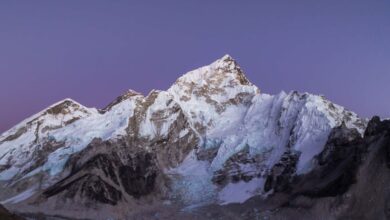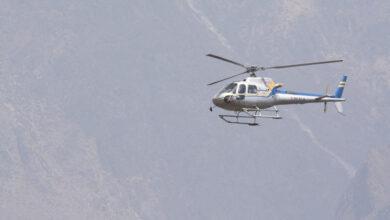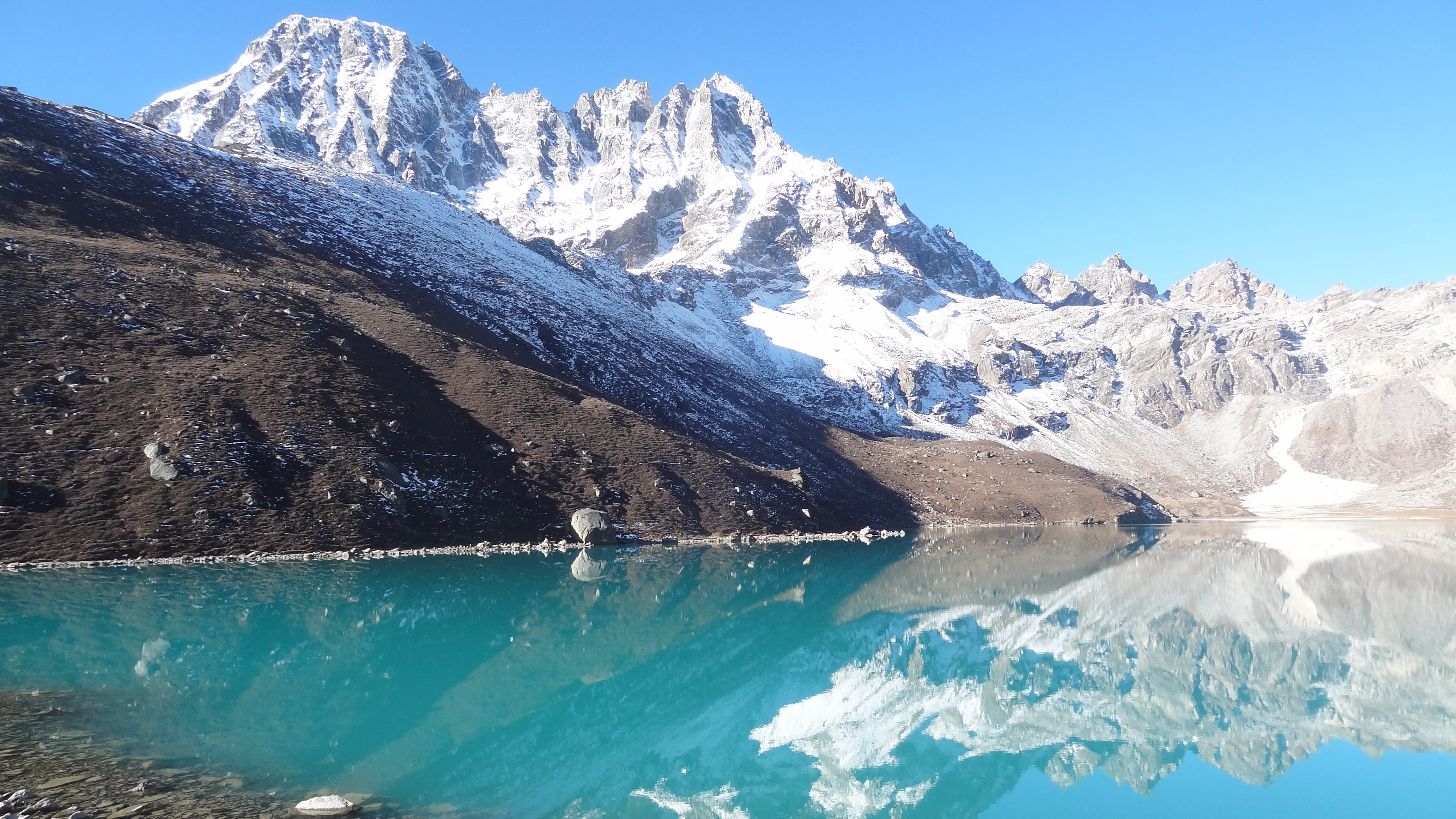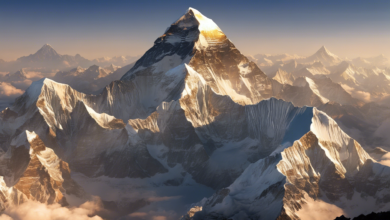Climbing in NepalTravel News
Nepal Opens 97 Remote Mountains for Free Ascent to Promote Adventure Tourism.
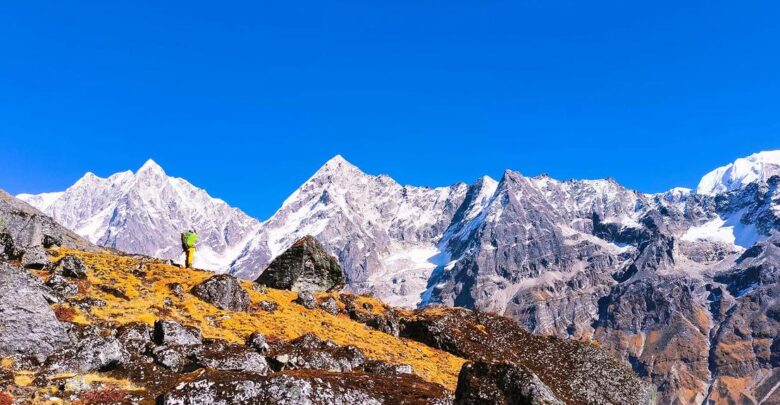
Amid the news of the rise of the climbing permit fee of Everest from $11, 000 to $ 15,000 (starting September) which has sparked debate among climbers and expedition operators, the government has opened 97 remote peaks in Karnali and Sudurpaschim for free climbing to promote alternative mountaineering destinations.
Out of these 97 peaks, 77 of them are located in the Karnali province and the remaining 20 in Sudurpaschim. These peaks range from 5,870 meters to 7,132 meters. Starting July 17, 2025 these peaks can be attempted by interested climbers. These peaks will remain royalty free for the next two years.
What makes these Nepal Peaks Special And Interesting For Climbers?
What sets these newly opened peaks apart is their unclimbed status, offering a rare opportunity for mountaineers to make first ascents – a feat that has become increasingly scarce in the modern climbing world. These mountains present a true technical challenge, often requiring alpine-style, self-supported expeditions in remote, high-altitude terrain. Unlike Nepal’s popular climbing regions, these peaks remain untouched by mass tourism, offering a refreshing absence of crowds and commercialization. Beyond the physical allure, the surrounding regions are rich in indigenous culture, local traditions and unspoiled landscape, providing a deeply immersive experience that combines adventure with authenticity.
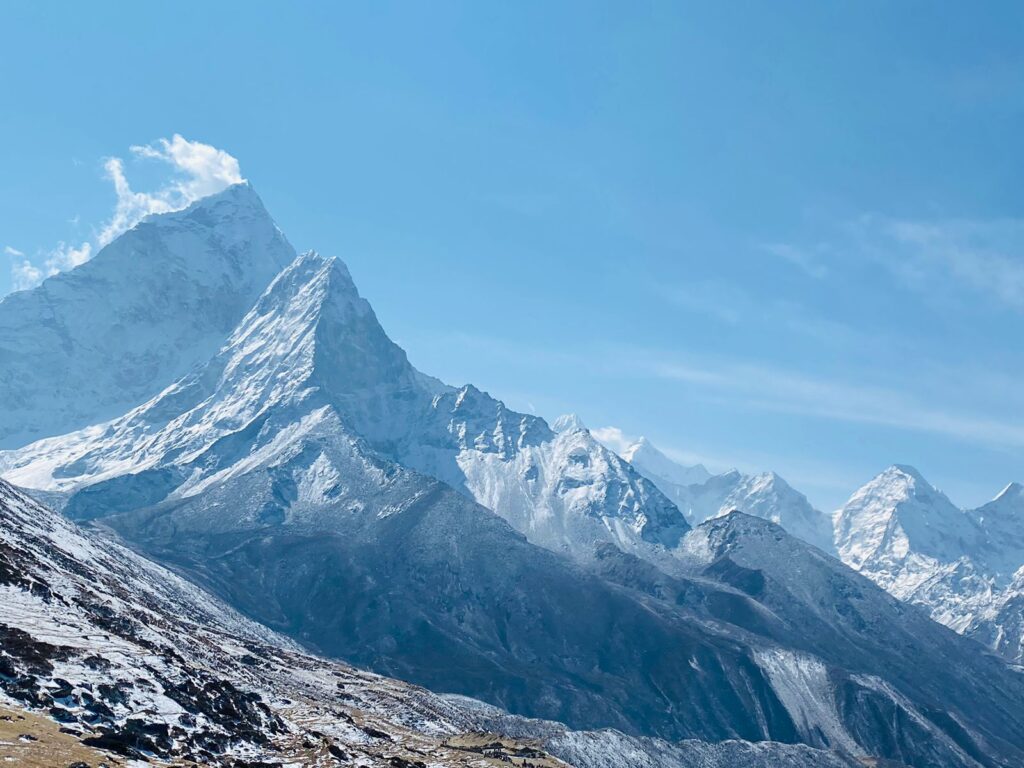
So, how accessible are Nepal’s newly opened unclimbed peaks for trekkers and climbers?
Karnali and Sudurpaschim are some of the most remote parts of Nepal, characterized by rugged terrain, limited infrastructure and breathtaking natural beauty that remains largely unexplored by mainstream tourism. Despite its breathtaking beauty and potential for adventure and eco- tourism, the region continues to be overlooked by most travelers, due to limited accessibility and infrastructure. With scarce roads, extended trails and lack of basic facilities, the region still remains challenging to navigate. Therefore, in the current context, it would be misleading to portray the area as easily accessible, especially for trekkers and climbers accustomed to well-trodden trails and easily reachable peaks.
Despite Having Access Limitation, Why Have These Remote Peaks Been Opened for Climbing?
Nepal, which is home to 8 out of 10 highest mountains in the world, generates significant revenue from mountain tourism. Three quarters of the total mountain tourism revenue is generated by the Everest region alone. With Himalayan range extending from eastern to the far western part of Nepal, there is immense potential to distribute tourism more evenly by promoting lesser-known peaks and regions, such as those in Karnali and Sudurpaschim. Moreover, this decentralization also helps in reducing the overdependence on popular trekking regions like Everest and Annapurna, while promoting balanced tourism development and economic growth in remote, disadvantaged, marginalized as well as underdeveloped regions of these least developed provinces in the country.
Therefore, these peaks have been opened as a part of wider initiatives to promote sustainable and regionally balanced tourism in Nepal. By offering free access to these lesser-known mountains, the government is aiming to reduce overcrowding on popular routes like Everest and Annapurna, while encouraging exploration of Nepal’s hidden corners, unexplored tourism products and destinations. Most importantly, by opening these peaks to climbers, the government and the related bodies are aiming to bolster local economies by fostering income opportunities in economically disadvantaged, marginalized and underdeveloped regions of the country.
Who are Nepal’s These Newly Opened Unclimbed Peaks Best Suited For?
Despite low accessibility, these peaks will still appeal to those experienced mountaineers and explorers looking for unclimbed, technical peaks and first ascents. These summits may also draw the attention of mountaineers who have already climbed in the Everest and Annapurna regions and are exploring something new and wild. These unclimbed mountains also promise an exciting challenge for those alpine style climbers and minimalist trekkers who prefer self-supported climbs over commercial expeditions. To those adventure travel enthusiasts and documentary makers, interested in combining trekking with cultural and natural storytelling, photography, videography and writing projects focused on remote communities, these remote peaks will act as a magnet. Moreover, those individuals and groups who value solitude and exploration over amenities and are seeking long, immersive journeys in little-visited landscapes will find these areas and peaks super irresistible.
Additionally, the new rule requiring climbers to summit a peak over 7000 meters within Nepal, before attempting an Everest summit, is also expected to position the now over-7000 meter-royalty-free peaks, such as Saipal, Api and Api West as an ideal training ground for aspiring Everest climbers, drawing their attention towards the peaks in these remote regions of Nepal.
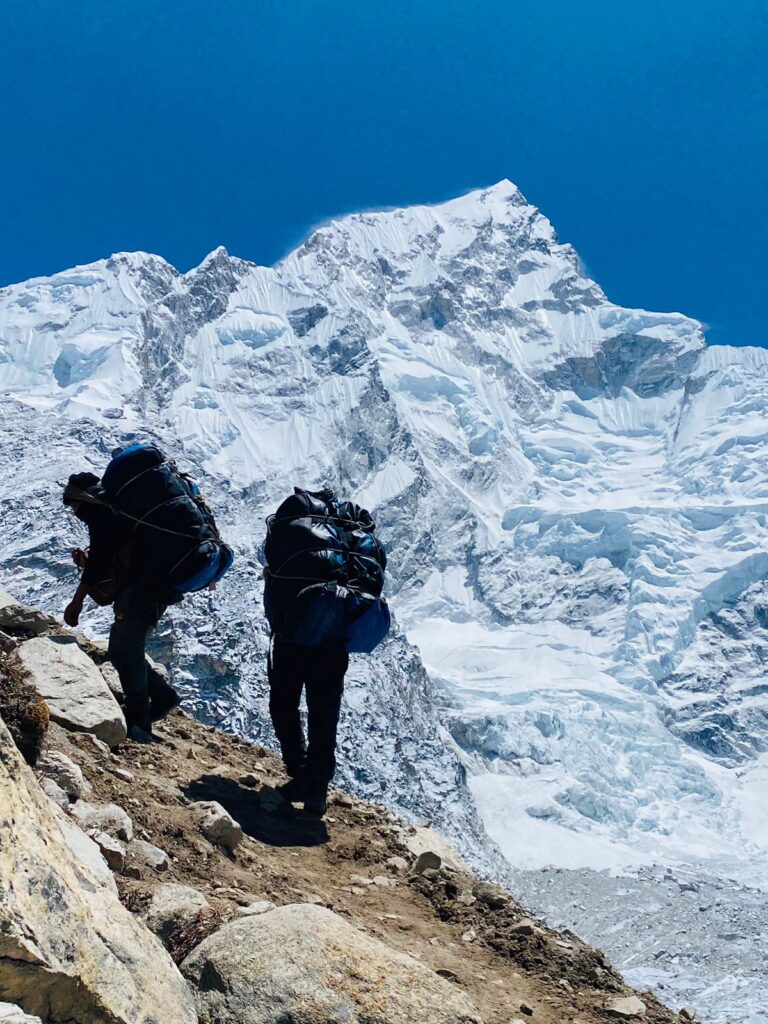
Interesting facts about peak in Nepal
- Nepal has peaks ranging from 5000 meters to over 8000 meters
- 8 out of 10 highest peaks in the world lie in the Himalalyan range in Nepal.
- Nepal is home to the highest peak in the world, Mt. Everest (8,848.86m)
- There are 1300+ mountain peaks that are over 6,000 meters.
- As per the Department of Tourism, Government of Nepal, out of 468 peaks, 401 peaks are already opened for climbing, 65 are proposed to open and the remaining 2 are not open for expedition.
- Out of the total climbing peaks 27 are managed by Nepal Mountaineering Association (NMA)
- Out of these peaks Sagamatha (Mt. Everest-8,848.86m) in the Khumbu Mountain Range is the highest and Kap Chuli (5,467m) in the Saipal Mountain Range is the lowest peak.
- Among these peaks, Mera Peak, Island Peak (Imja Tse), Lobuche East, Pisang Peak and Chulu East are the most climbed trekking peaks in Nepal and Ama Dablam, Himlung Himal, Putha Hiunchuli, Baruntse and Kang Guru are the most popular expedition peaks in Nepal.
- Machhapuchhre is a culturally protected and still unclimbed peak in Nepal.
Are There Any Unexplored or Unclimbed Peaks Near Kathmandu?
Definitely! The Jugal Himal Range, which is a part of the Langtang-Jugal-Rolwaling Region, located in central Himalayas, stretching along the border of Nepal and Tibet, north-northeast of Kathmandu, in Sindupalchok district is one of the nearest Himalayan subranges to the capital. Depending on the route and road condition, it can be reached in approximately 6-8 hours by road. This range still has several lesser-known and possibly unclimbed or rarely climbed peaks, although more options lie in more remote parts of Nepal.
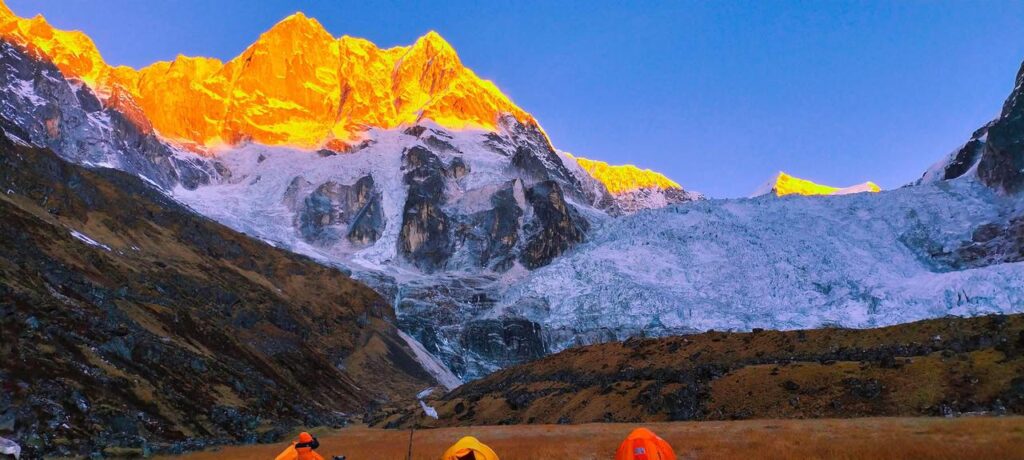
What are the best months for peak climbing in Nepal?
The best months to climb peaks in Nepal are pre-monsoon (March-May) and post-monsoon (September to November). However, some expeditions require perfect weather conditions, therefore, the dates and the number of days are fixed well in advance, scheduled to align with the most reliable seasonal weather window. If you are planning Manaslu, Cho Oyu, Annapurna IV, Himlung or even Ama Dablam this year the days and the dates are as follows:
| Peak | Altitude | Climbing time | Date for 2025 | Climbing Period |
| Manaslu | 8,163m | 40 Nights 41 Days | 1st September to 11th October | 11th September to 2nd October |
| Cho Oyu | 8,201m | 40 Nights 41 days | 7th September to 17th October | 21st September to 12th October |
| Annapuran IV | 7,525m | 34 Nights 35 Days | 11th October to 14th November | 20th October to 4th November |
| Himlung Himal | 7,126m | 29 Nights 30 Days | 1st October to 30th October | 10th October to 22nd October |
| Ama Dablam | 6,812m | 26 Nights 27 days | 1st October to 27th October | 8th October to 21st October |
During peak season (spring and autumn) Amigo Treks and Expedition can organize other peak climbing trips as per your preferred dates. For more information, feel free to contact info@amigotrekking.com.



